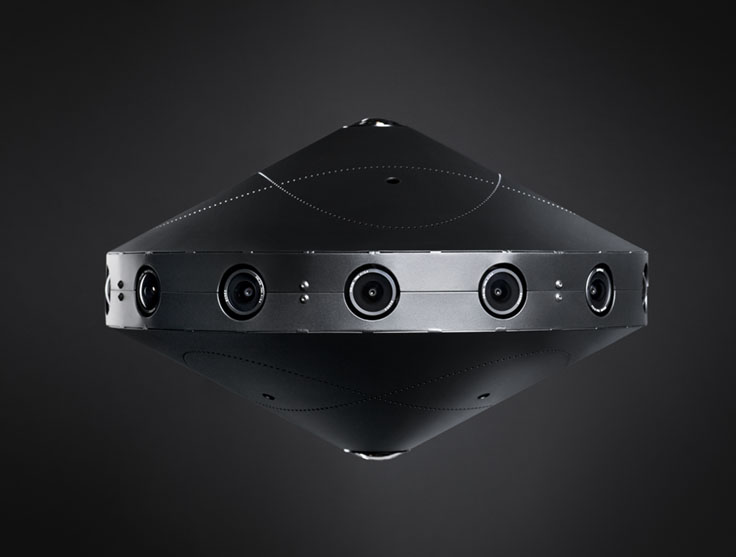
- May 3, 2016
- Joe
- knowledge
- 2 Comments
Virtual Reality has always been about generating virtual environments for its user. 360 Cinema has been around for decades, however VR was all about generating graphics for it. When Facebook purchase of Oculus made commercial VR a probable success, it was natural to try to put 360 video on the future Oculus platform.
On the side of Google, they were playing around with the idea of VR with Cardboard, also making it natural to play video with it. However, there were no 360 videos in Youtube, because there was no hardware to display it. So the chicken and egg cycle was broken with the introduction of cardboard. Given that Cardboard was a mobile first proposal, certifying one more time the post-pc era, it was natural for it to include the use of Youtube.
On 2015 Google’s I/O, they introduced a method for creating 360 videos. While the method is complex, at least it exist. For Google this step is important because:
- It expands even more video domination of Youtube
- It allows Youtube to distribute a type of content that can’t be distributed anywhere else. It isn’t possible to broadcast on TV 360 videos, so if YouTube becomes the defacto 360 platform, that means more eyeballs away from TVs and concentrated on YouTube, which is a good thing from Google’s point of view.
Facebook takes the challenge
Facebook has tried several times to take away the internet video domination from Youtube. However, for many reasons, Youtube is still the king.
With the advent of VR and the possibility for displaying VR video within Oculus platforms (Rift & Gear), Facebook is putting a lot of effort into attracting 360 content creation to be displayed within Facebook’s properties. The objective is to attract so many content creators of 360 videos, that indeed takes away the dominant position Youtube has.
Given that current video codecs are not meant for 360 VR videos, Facebook is also putting all their technical might developing new video codecs and releasing them open source. The same approach has been adopted with their Facebook Surround 360 camera.
Still, Facebook has a long way to go. By default the way to distribute videos on the Internet still is YouTube. While mobile devices can display 360 videos with Facebook, the new 360 videos and their new hardware for its creation are meant for Gear & Rift, which at the moment are niche platforms. Of course, things change.
Google by its side, have not stayed stand still. 360 videos are possible to watch with a cardboard, which is a very low cost entry point for this experience, making it easier for them to maintain Facebook (or any other competitor) at bay. So, at the moment, Google has made the right calls not to let their Youtube empire recede.
In this scenario, the mighty Apple isn’t even a player. We can assume they’re thinking of something since their acquisition of Metaio. Curiously, the Metaio acquisition was based on AR tech, not VR. AR is the same game Microsoft is playing. So in the end we may have FaceBook and Google fighting for VR, and Microsoft and -maybe- Apple fighting for AR. Remember, AR and VR are not the same.
This leaves us with Sony and HTC, the other two potential heavy VR players. None of their VR platforms (Playstation VR & Vive, respectively) are meant to display 360 video, however that doesn’t mean they can’t. Given the situation, it’s easier and wiser for both of these manufacturers to adopt Facebook open standards. Thanks to Sony’s history, they might be resistant to that idea, but going solo on this one will for sure hurt them, as content available for the Playstation VR will suffer. As for HTC? Well, they got nothing to lose by adopting Facebook’s codecs. Nevertheless, they’ll be adopting a codec from their main competitor in this area, because its open source, might facilitate its adoption from HTC point of view.
Interesting times ahead!
Image Source: VR Scout

